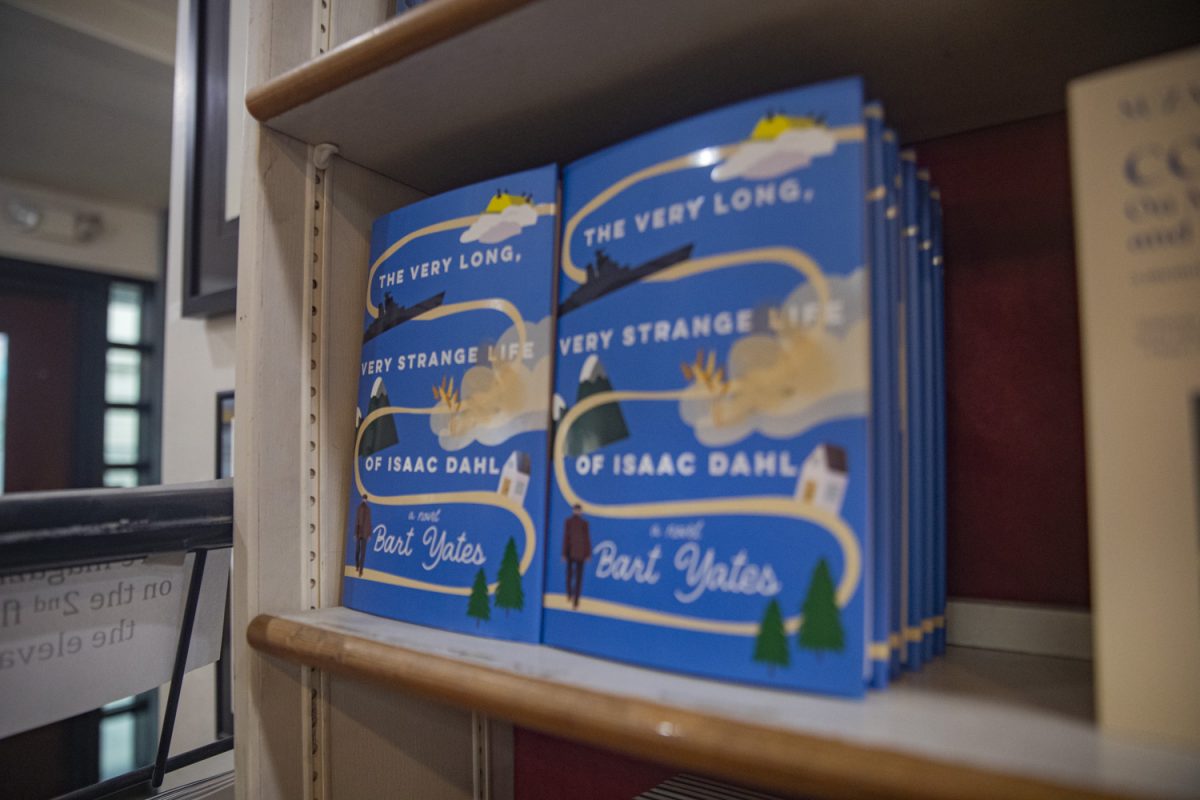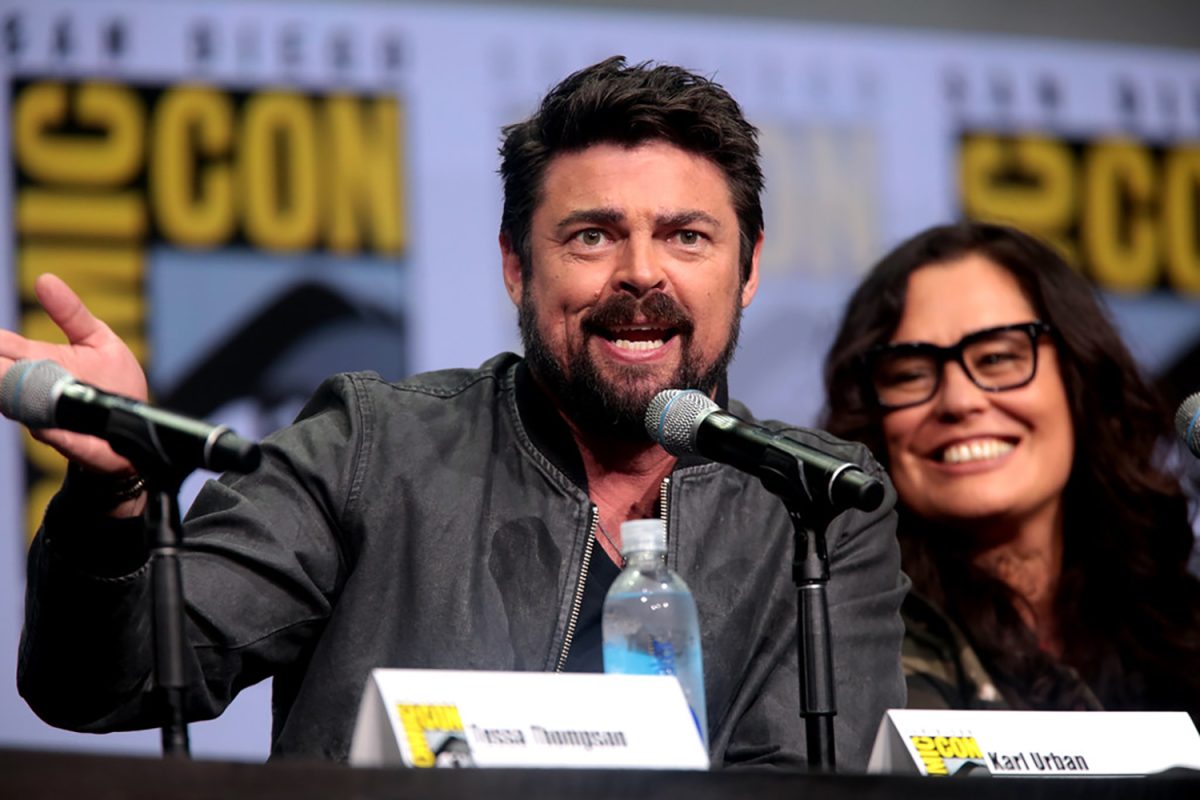Japanese director Hayao Miyazaki released the animated Studio Ghibli film, “The Wind Rises,” almost a decade ago, after which he announced his retirement for the fourth time. He told The Verge that if he “wanted [to make another feature film], I would sound like an old man saying something foolish.”
That “something foolish” made its return in the form of “The Boy and the Heron,” the animation studio’s newest film adapted from a children’s novel published in 1937 by Japanese author Genzaburō Yoshino titled “How Do You Live.”
The film was released to Japanese audiences in July with the English-subtitled version released to the U.S. on Dec. 6 and the English-dubbed version to be released this Friday, Dec. 8.
The animated film follows a boy named Mahito Maki who faces difficulties grieving his mother’s death years after she perished in a hospital fire. After moving to a new town, Mahito is greeted by a heron who tells him his mother is still alive — in a different realm.
Unsatisfied with his present life, Mahito embarks on a journey to see his mother again.
The youthful, classic Studio Ghibli animation brought me back to my elementary school years as a refreshing reminder of all the fantasy worlds that I once loved.
A further callback to past Studio Ghibli films came in the form of the voice actor for Shoichi, Takuya Kimura, who had previously voiced the character Howl in the animation company’s 2004 film, “Howl’s Moving Castle.”
Visually, the film often calls upon surrealism, particularly in a specific beginning scene that reminded me of the melting clock in painter Salvador Dali’s “The Persistence of Memory.”
A recurring theme in most Studio Ghibli movies is imagination. In this film from Miyazaki, Mahito does not pay mind to the fact a bird can talk, let alone that this specific bird knew of his deceased mother. Instead, the focus is directed toward Mahito’s goal to find his mother.
The film accounts for Mahito’s age, too. At only twelve years old and driven by his unwillingness to accept his mother’s death, he often makes rash decisions without considering the potentially disastrous consequences.
Birds like the Heron served as a prominent point of symbolism in the movie, depicted as unsettling creatures with overall negative demeanors.
Why Miyazaki chose to portray birds this way, I don’t know. But the thought stuck with me long after leaving the theater because a theory that birds are secretly evil did not make any sense.
Then again, this was and still is the reason why Studio Ghibli films have a lasting impact. With plots unlike anything before seen, you can always count on the animation company’s films to be unique and original.













